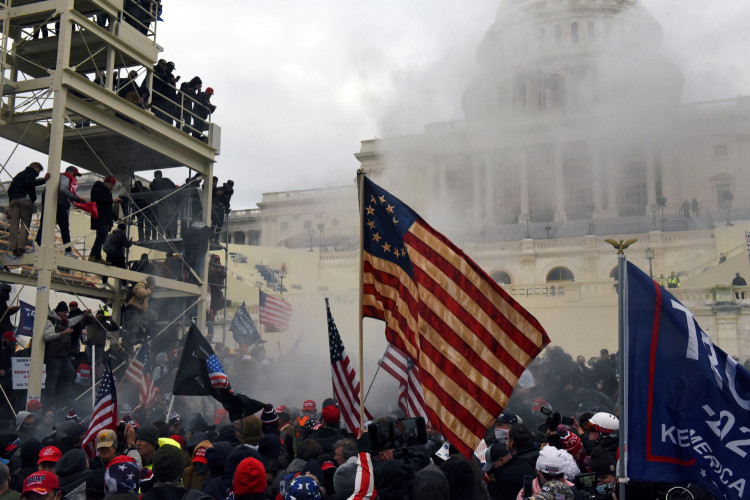Israel shuts Mediterranean shore after oil devastates coast
Israel Whale
Danny Morick, marine veterinarian, and Aviad Scheinin take samples from a 17 meters (about 55 feet) long dead fin whale washed up on a beach in Nitzanim Reserve, Israel, Friday, Feb. 19, 2021. Aviad Scheinin of the Morris Kahn Marine Research Station said samples from the animal will be taken to try to determine a cause of death, officials said the water nearby is polluted, including with tar. (AP Photo/Ariel Schalit)JERUSALEM (AP) — Israel closed all its Mediterranean beaches until further notice on Sunday, days after an offshore oil spill deposited tons of tar across more than 100 miles (160 kilometers) of coastline in what officials are calling one of the country's worst ecological disasters.
Activists began reporting globs of black tar on Israel's coast last week after a heavy storm. The deposits have wreaked havoc on local wildlife, and the Israeli Agriculture Ministry determined Sunday that a dead young fin whale that washed up on a beach in southern Israel died from ingesting the viscous black liquid, according to Kan, Israel's public broadcaster.
Israel’s Nature and Parks Authority has called the spill “one of the most serious ecological disasters” in the country’s history. In 2014, a crude oil spill in the Arava Desert caused extensive damage to one of the country's delicate ecosystems.
The Environmental Protection Ministry and activists estimate that at least 1,000 tons of tar, a product of an oil spill from a ship in the eastern Mediterranean earlier this month, have already washed up on shore. The ministry is trying to determine who is responsible. It declined commenting on details of the investigation because it was ongoing.
Yoav Ratner, coordinator of the ministry's oil spill contingency plan, said that there were still many “unknown unknowns” about the extent of the ecological damage and therefore it was difficult to say how long clean-up would take.
Thousands of volunteers took to the beaches on Saturday to help clean up the tar, and several were hospitalized after they inhaled toxic fumes. The military also deployed thousands of soldiers to assist in the operation.
The Environmental Protection, Health and Interior Ministries issued a joint statement Sunday warning the public not to visit the entire length of the country's 120-mile (195 km) Mediterranean coastline, cautioning that “exposure to tar can be harmful to public health.”
Environmental Protection Minister Gila Gamliel told Hebrew media that her department estimates the clean-up project will cost millions of dollars.
Prime Minister Benjamin Netanyahu toured one of the country’s tar-pocked beaches on Sunday and praised the ministry’s work.
Representatives from a coalition of Israeli environmental groups said in a press conference on Sunday that the ministry was woefully underfunded and that existing legislation did little to prevent or address environmental disasters.
Arik Rosenblum, director of the Israeli environmental group EcoOcean, said that the Environmental Protection Ministry is “fighting this situation and many other situations with their hands tied behind their back” because of inadequate legislation.
They cautioned that this disaster should be a wake-up call for opposition to a planned oil pipeline connecting the United Arab Emirates and Israeli oil facilities in Eilat — home to endangered Red Sea coral reefs.
















